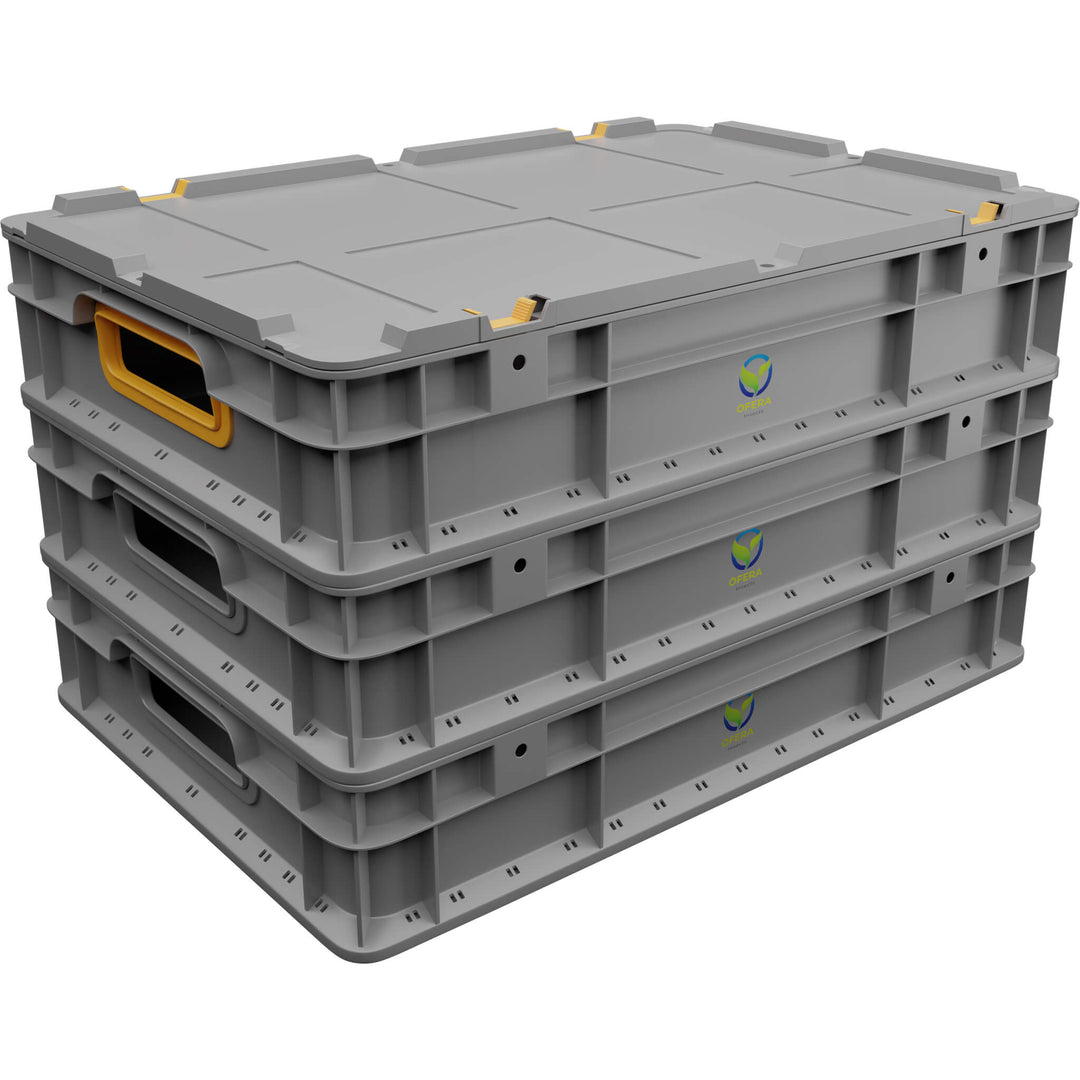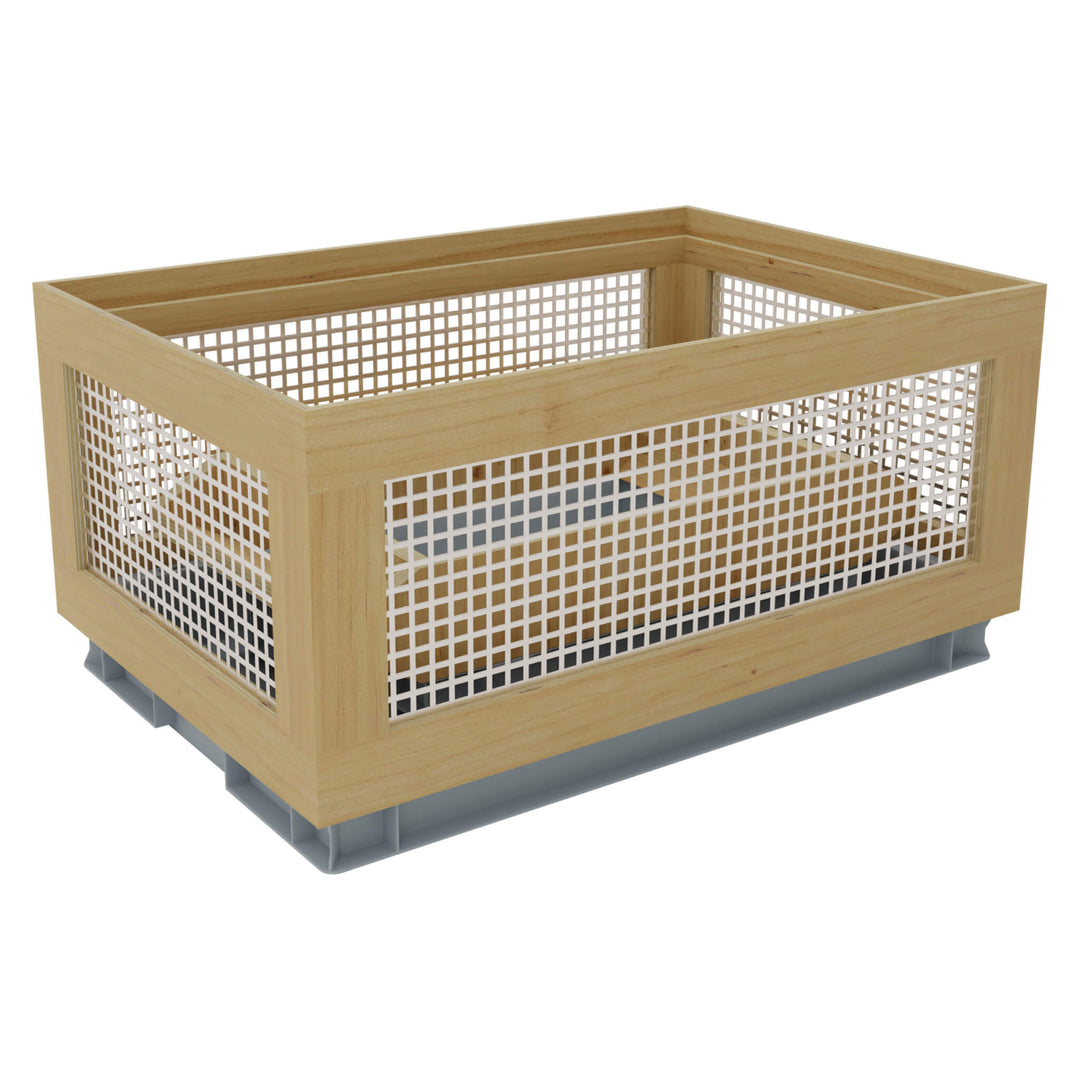Why breed insects?
By breeding insects locally, you significantly reduce your resource consumption and thus protect our climate. This reduced CO2 footprint is achieved because insects consume fewer resources than meat production and industrial feed production. In addition, you can upcycle your fruit and vegetable waste directly into high-quality feed or food protein without long transport routes, thereby creating a sustainable cycle .
Feed insects are the natural alternative to industrial feed
Mealworms or soldier fly larvae are high-quality feed for fish, poultry, rodents and reptiles. By raising insects, fruit or vegetable scraps from aquaponics and vegetable gardens can be upcycled into high-quality feed protein .
Edible insects - high-quality protein with lower climate impact
Did you know that more than two billion people worldwide regularly eat insects? Edible insects such as mealworms, crickets and grasshoppers are slowly establishing themselves here in Europe as a climate-protecting, alternative source of protein.
Mealworms & mealworms | Tenebrio molitor
The mealworm beetle and its larvae, the mealworms, have the advantage that they are relatively easy to breed with little time and space required .
In addition to bread and grain scraps (starch), you can feed the larvae and beetles vegetable scraps (water content and vitamins) from aquaponics or your vegetable garden. An ingenious cycle that gives you almost 100% control over your food . Many kitchen scraps no longer end up in the trash, but are used as food for the insects, which in turn provide your fish in aquaponics, your chickens , rodents or reptiles with high-quality proteins.
What you need
View allSoldier flies and their larvae | Hermetia illucens
The black soldier fly , or BSF for short, is another very interesting insect species.
After the eggs are laid, the larvae hatch, as with other insects. These have a very high protein and fat content and are therefore ideal as feed insects. As they grow, they decompose an above-average amount of organic waste . This allows you to utilize your organic waste to an even greater extent. The yield of feed larvae is even higher than with the flour beetle. However, odorless breeding, as with mealworms, is somewhat more difficult with the BSF. In our latitudes, keeping them outdoors over the summer or in rooms such as sheds or garden houses is best.




















